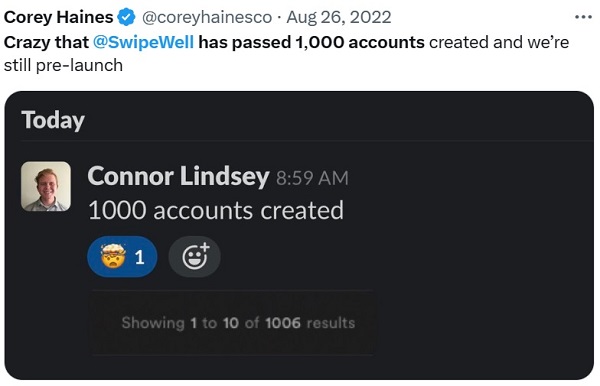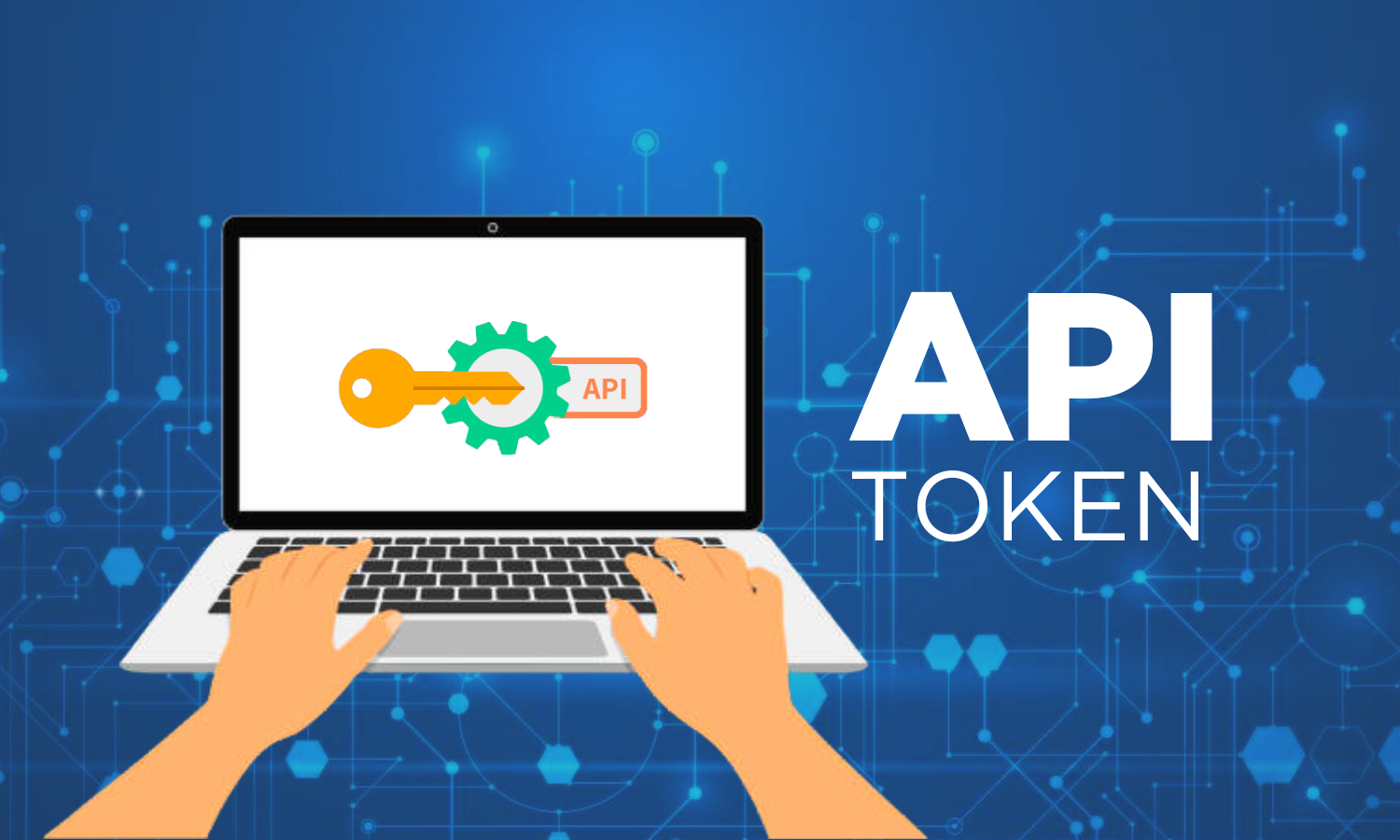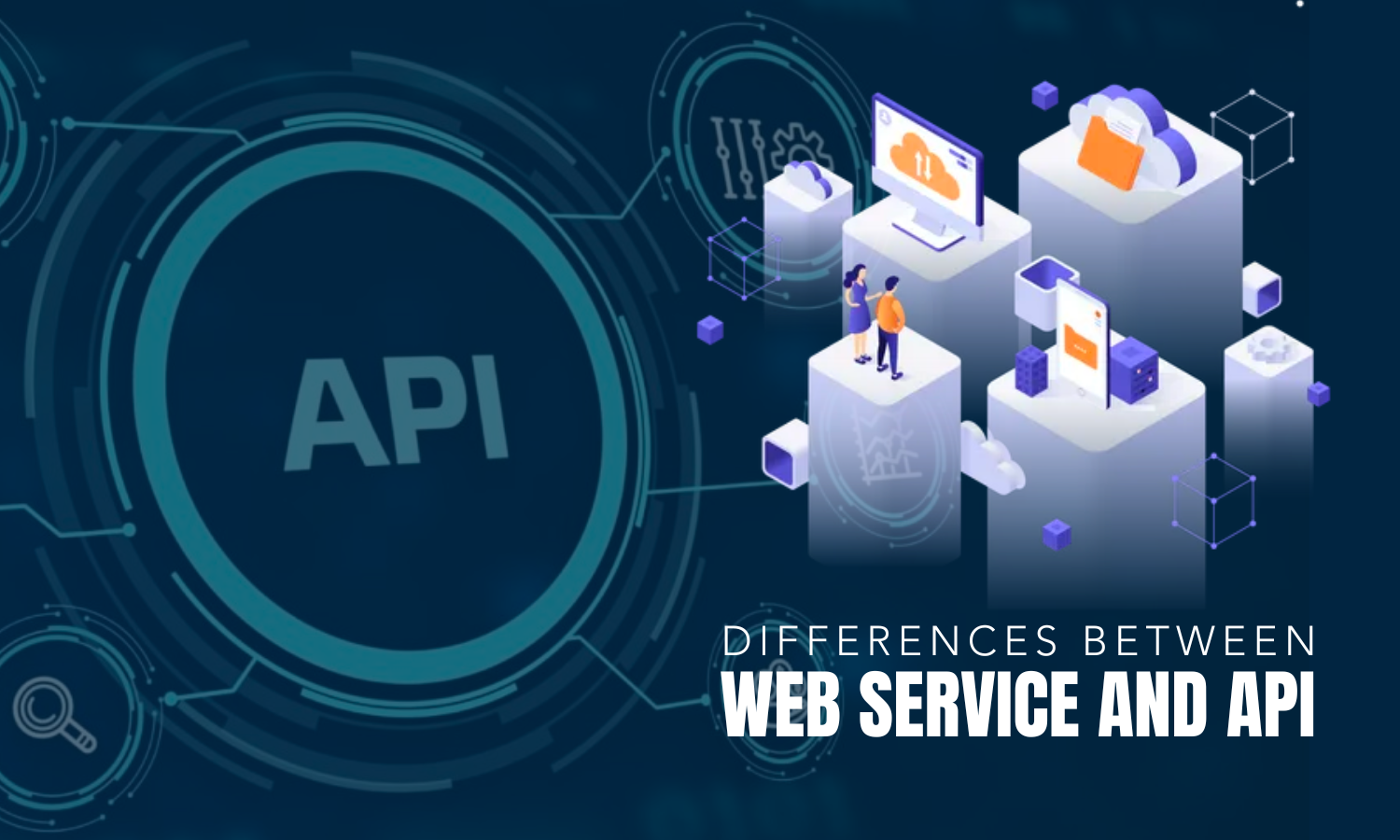

Updated · Feb 11, 2024
Updated · Jan 02, 2024
Harsha Kiran is the founder and innovator of Techjury.net. He started it as a personal passion proje... | See full bio
If I was asked to describe myself using just a few words, I’d go with digital marketing expert, ex... | See full bio
Only 5% of 30,000 newly-released products succeed yearly. Hence, there’s an inherent pressure for companies to do well during the pre-production planning stage.
A crucial part of these early stages includes conducting a proof of concept (POC). 58% of IT executives use POCs to test business ideas' success or selling potential.
Read on to better understand POC and to effectively write one for your business.
|
🔑Key Takeaways
|
|
Proof of Concept Definition According to Dictionary.com, proof of concept is a small-scale demonstration of a business plan or product in developing stages. The end goal of the demonstration is to assess the success rate of the product once it launches. |
A proof of concept (POC) provides a theoretical demonstration that answers crucial questions like: Will this idea become a reality? Can you sell it?
It’s a test that helps businesses decide whether to pursue an idea into full-scale production.
Despite being mostly used for internal discourse, POCs are also presented to investors, executives, and managers seeking feedback and financial support.
POCs are tweaked according to the type of panel. If they are for investors or the management, it’s treated as a pitch. If it’s for team members, it’s presented as a framework.
Presenting POCs can include singularly or in combination with any of the following:
Here’s a video condensing what and how POC works:
Proof of concept is based on evidence. Recording the process in writing, audio, or any manner you see fit makes those confirmations credible.
There’s an art to piecing these shreds of evidence together. This is where POC writing comes in.
No standardized guide for POC writing exists because ideas are individually unique. However, there are basic steps on POC writing that you may use as a guide like so:

Step 1: Identify the problem the idea tries to solve.
The first thing to outline is the specific problem of a market your idea is trying to solve. Do this by identifying the following:
Introduce the entire blueprint of your business idea. Here are the elements to include in your outline:
|
✅Pro Tip: It’s not enough to draft a paragraph introducing your business idea. Make it as detailed as possible and ensure it covers all your investors' questions. For example, include a scalable product version in the list of resources to roll out. Apart from the obvious materials, you should also establish the time spent, labor cost, and the particulars of staffing, etc. |
Criteria or performance goals are objectives set to measure a product's feasibility.
Present how you will monitor your product’s success by setting metrics. Some of the most common benchmarks include return on investment, probability of risk, etc.
Consider the following factors in setting your measurable success outcomes:
At this point, you should have a running prototype based on the agreed project features.
There should be documentation of how the mock-up did when sampled to a group that belonged to your target market.
To do this:
At the end of this section’s presentation, it should determine whether the prototype addressed the identified consumer problem.
|
✅ Pro Tip: While you need the prototype to resemble the product in function and physical look, don’t get caught up making it. Sometimes investing so much in a prototype results in “investment bias.” |
The final step is presenting and allowing decision-makers to see your vision and its feasibility.
Here are the following themes to incorporate into your POC presentation:
|
✅ Pro Tip: Aside from preparing a PowerPoint presentation, make handout copies of a detailed POC version to be distributed among the panel. |
Validating ideas isn’t limited to focus group discussions or interviews. There are many ways to test a proposed project.
Look at the three brilliant POC samples from SwipeWell, Allbirds, and Etsy.
The SwipeWell app was designed to organize reference marketing examples. The team tried validating the app by observing if there was a demand for it.
They built a website that teased and talked about SwipeWell. Even before they could upload the app, there were already 1000+ accounts created for it.

The Allbirds company sells footwear and apparel. They want to know if anybody would support their clothing project.
After running their POC through Kickstarter crowdfunding, the 970 backers pledging $119,196 was a market demand confirmation.

Sometimes, instead of building your own POC, simply observing what model is already working is enough to validate your product.
Etsy did just that. They knew eBay was doing well. However, instead of simply copying the model, they improved a feature they knew eBay lacked.
eBay was selling everything. Etsy decided to be more craft-focused. Even if the market is small compared to eBay, the market is tight-knit and has the potential to be loyal.
Conducting a proof of concept, especially for start-ups, is a priority for many reasons. Here are the chief benefits of POC:
Evaluating a product’s success only after it launches is risky. It could result in mismanagement of resources for big businesses and debt among small businesses.
Protect your investment by validating a project early in its development through POC.
Depending on the industry, a POC’s preparation could be days to weeks. Meanwhile, the POC’s cost could run between $10,000 and $30,000. However, these numbers aren’t fixed.
Investors do not base investment decisions on promises. You will likely gain support for your project if you give them cold proof of its viability.
POCs are well-liked because of the evidence-based data they can generate.
By showing viable concepts and interest from real consumers, POCs encourage support without needing persuasion tactics.
One of the best things about POC is its ability to diagnose future problems. They increase your understanding of the project by observing its real-life performance.
This helps you and your team brainstorm solutions to your project’s weak features or problems.
|
⌛ In a Nutshell: POC offers several crucial benefits. First, it’s a cost-effective way to validate a business idea. Second, it attracts investors to support the project. Lastly, it helps mitigate potential issues that may arise after the launch. |
Proof of concept and prototype are often confused as the same thing. However, they’re separate entities, although neither can exist without the other.
A POC validates a project’s feasibility, while a prototype is the product’s early version, almost a beta. Without POCs' green signal, you can’t run a prototype.
Regarding timeline, a POC is an internal validity test done in the earliest stage. The prototype comes after.
To better understand their differences, here’s a table showing their comparison:
|
Proof of Concept |
Prototype |
|
|
Purpose |
Prove the idea is feasible and profitable. |
The demonstration of the project. |
|
Development Time |
Days to weeks |
Weeks to months |
|
Product Development Stage |
In the earliest stage of pre-product development, before the creation. |
During the later stage of product development, made after POC gives a go signal. |
|
Audience |
Researchers, developers, managers, or investors. |
Stakeholders and investors. |
|
Risk Evaluation |
Reduces technical problems and business risks. |
Focuses on the risk of consumer dissatisfaction. |
|
Cost |
Small |
Medium |
Industries use POC for different cases, including product development, business plans, etc. Regardless of trade, innovators apply POC to provide initial “proof” of their idea’s validity.
Take a look at how each industry utilizes POC.
For software development companies, POC analyzes explicitly whether the proposed system and product can work in real life.
POC software is essential in defining the vision of the final product. It also clarifies limitations, opportunities, risks, and the project’s direction.
In a market projected to reach $300 billion by 2024, POCs aren’t used to validate if a cybersecurity system works. It’s the other way around.
POC tries to invalidate the security of a system by searching for weak links. Identifying these cracks allows companies to come up with patching product solutions.
This type of POC is called a proof of concept exploit, often carried out by white hat hackers.
Proof of concept in the electronics industry is used to validate the practicality and feasibility of a technology.
POCs help evaluate the product’s technical aspects and whether it meets the expected performance. From there, it aims to help identify modifications.
Before your favorite movies are distributed in cinemas, a POC in sample reels existed first. It is shown to movie studios as a way for directors to pitch a motion picture idea.
Proof of concept is used within the healthcare industry in several instances, such as introducing new interventions, digital health solutions, etc.
Two of the most commonly validated in the sector are testing the safety and effectiveness of drugs and medical devices.
Historically, the food and beverage industry isn’t known for high technological updates.
Emerging trends, such as meat production in labs, force stakeholders to give in to new approaches. This is where Proof of concept’s ability to analyze safety is needed.
Look at the table summarizing POC’s use for each industry type.
|
Industry |
POC Definition and Use |
|
Software Development |
Acts as an outline of how the software becomes market-ready and how it functions as a solution. |
|
Cybersecurity |
Proof of Concept turns into a POC exploit that attempts to attack systems and devices to show security vulnerabilities. |
|
Electronics |
POC turns into a prototype-focused endeavor that tests the performance of the device’s functions. |
|
Entertainment |
It takes the form of a movie reel or teaser shown to studios. |
|
Healthcare |
POC here tests the initial stages of new medical interventions like drugs. |
|
Food and Beverage |
It tests the potential of food innovations for commercialization. |
A proof of concept is the foundation of an entire idea, project, or undertaking. It sets the validity, feasibility, and success rate of a proposition.
It is a crucial transition from the conception of an idea to a market-ready product.
Doing your POC right increases your chances of a successful product launch. Every great product starts with a properly executed POC.
Proof of concept in the education sector refers to validating an educational approach, a curriculum, or a process.
There wouldn’t be a POC without an idea. An idea is born out of a brainstorming session or from sudden inspiration.
There are several ways to validate a POC. Some of the most important methods are testing functionality and collecting feedback from real consumers.
Your email address will not be published.
Updated · Feb 11, 2024
Updated · Feb 11, 2024
Updated · Feb 08, 2024
Updated · Feb 05, 2024



